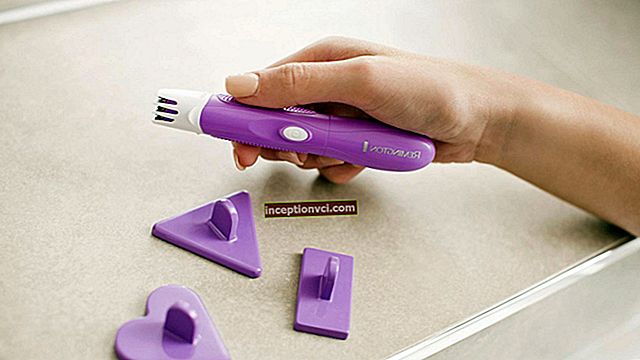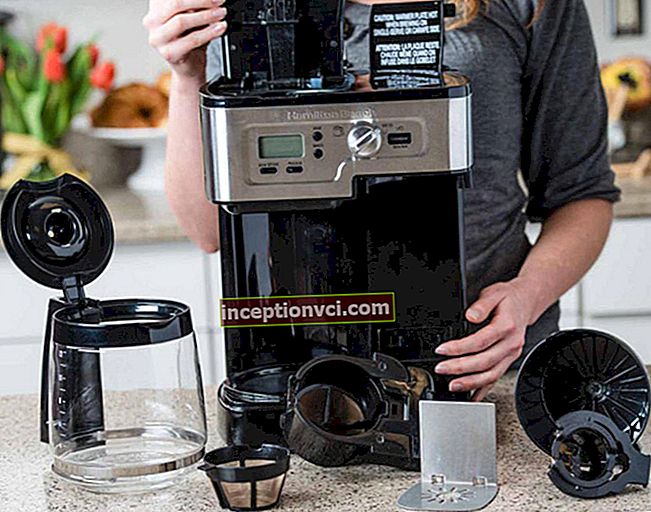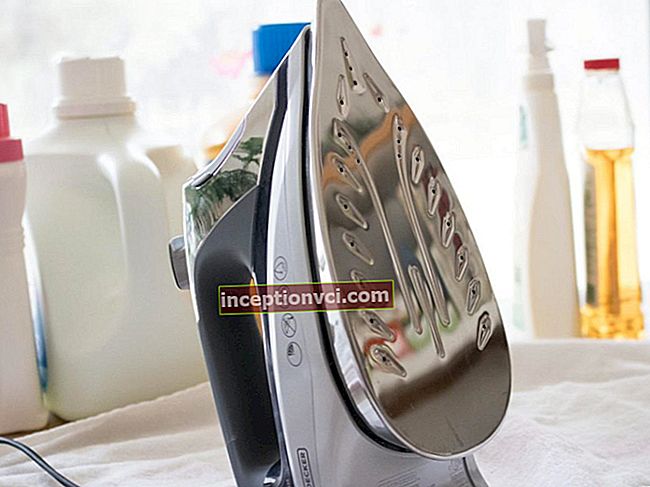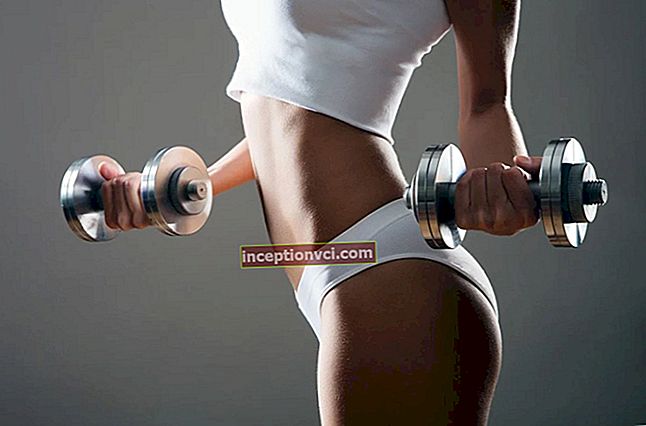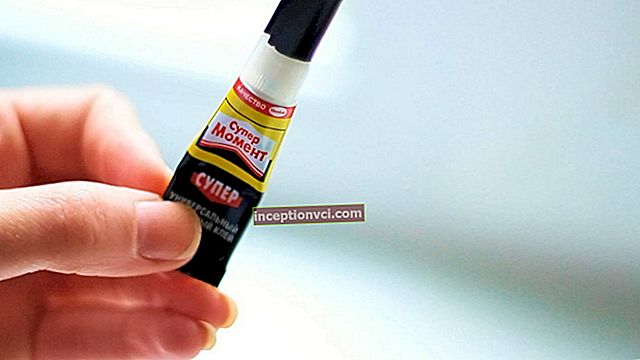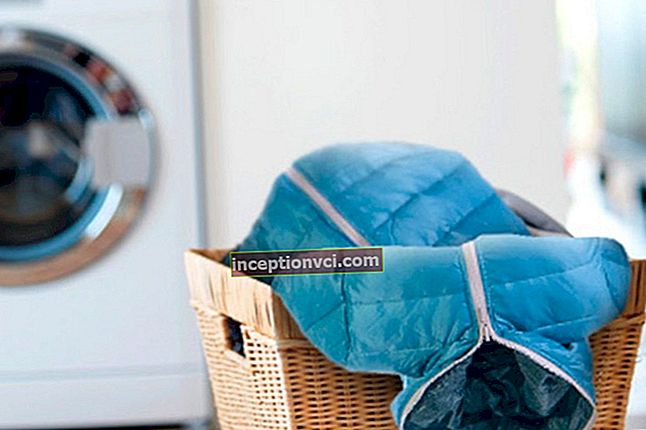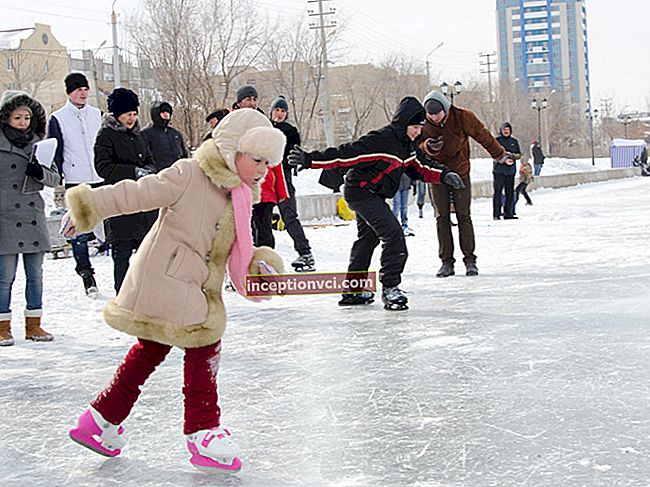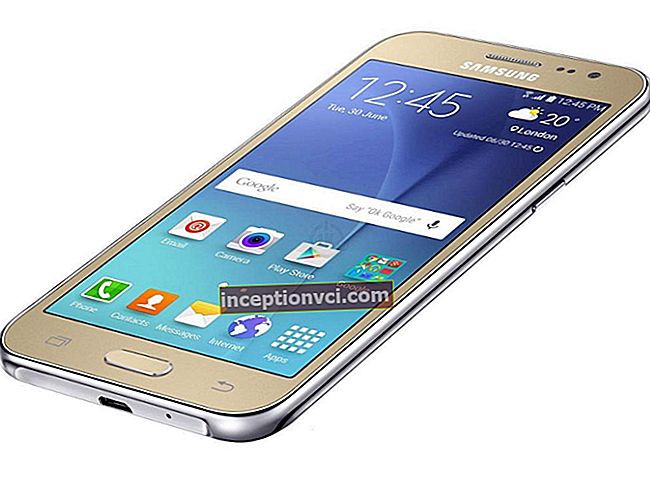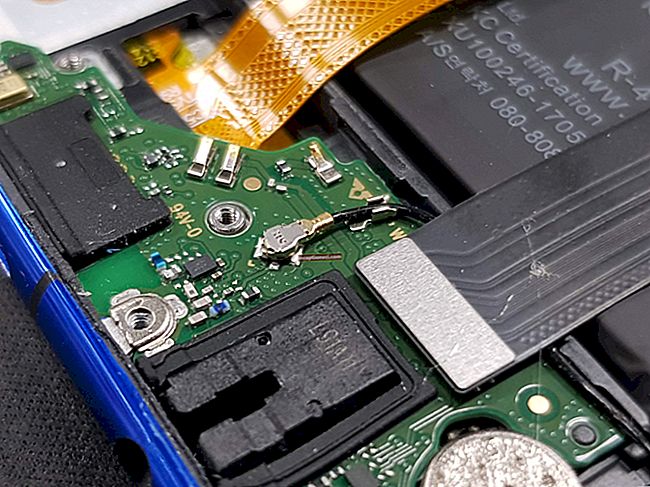Evaluate the quality of a multicooker bowl by four criteria.
- Non-stick coating durability - it depends on its thickness. According to DSTU, the non-stick layer should not be thinner than 20 microns.
- Pan thickness - the larger it is, the better. Thick walls do not deform when the bowl falls or temperature drops.
- Reliability of adhesion of the coating to the base - in the characteristics of the product, it is marked by the number of layers and indicate which components are included in their composition. The warranty period for the bowl is from one to two years.
- Layer uniformity - it should be smooth, without scratches, chips, cracks and blisters.

The main material of multicooker pots is aluminum or stainless steel.
- The stainless steel is not covered with a non-stick layer. It is timeless, versatile and does not release toxins:
- "Not afraid" of falls and does not corrode;
- in it, you can whip the contents with a blender without fear of damaging the coating.
- Aluminum is a lightweight and inexpensive material. Compared to steel, it conducts heat 13 times better. But the durability of using an aluminum bowl is predetermined precisely by the non-stick layer.

Types of non-stick coatings
Nutritionists with both hands for non-stick coatings for kitchen utensils. Multicooker bowls are no exception. Not surprisingly, the coating makes food safer.
Teflon coating
Its feature is the minimum coefficient of sliding friction. Even melting ice is not so slippery. This property provides fantastic non-stickiness of food to the walls of the dishes.

Rotex REPC57-B: Teflon bowl with fluted bottom
"Pros"
- Resistant to exposure to alkalis and chemicals. Dishwasher safe.
- Absolutely safe at low temperatures.
"Minuses"
- Scratches easily, requires careful handling.
- Toxic if overheated or damaged. The temperature bar that Teflon can withstand is 260 ° C. But multicooker doesn't heat up to that temperature. If doubt still gnaws, use oil as an indicator:
- refined sunflower fumes at 232 ° С,
- olive - at 190 ° C.
- The protective layer is destroyed by temperature extremes.
Ceramic coating
The most environmentally friendly and harmless. But it is more correct to consider this glaze "imitation of ceramics", since it is produced using the Sol-gel technology.
Sol (solution - solution) - the smallest particles of organosilicon compounds in a liquid. Manufacturers convert this suspension into a gel, apply it to a metal base and dry it. The result is a glossy finish that looks like ceramics with similar properties.

Delonghi FH1394.BK Multicuisine: minimum oil consumption in a ceramic bowl
"Pros"
- Sol-gel can withstand heating up to 450 ° C.
- The coating is scratch resistant.
"Minuses"
- Cracked from impact and temperature changes.
- Loses non-stick properties quickly.
- Will cost more than Teflon.
Marble coating
It is more difficult to overheat a "marble" container than a Teflon one, so there is less risk of inhaling poisonous fumes. Stone chips in the composition of the composite enhances the scratch resistance. Such a bowl will "live" longer than a ceramic or Teflon bowl.

Rotex RMC532-W: delicious cooking, simple functionality
"Pros"
- Will last longer than other coatings.
"Minuses"
- The cost is higher than other non-stick coating.
Coal coating
Purifies water due to its porosity. Toxin molecules are deposited in their labyrinths. In terms of non-stick properties, carbon spraying is not inferior to Teflon. But according to user reviews on the forums, it is already very gentle. Therefore, in order not to "ditch" the bowl, one cannot do without silicone or plastic spatulas.
«I do not know what is there with the carbon coating, when I bought this cartoon the seller said that it had a special Daikin coating. And now, pah-pah, I have been using it for more than a year, and I interfered with the plastic spoon of pilaf, and when I fry in borscht, I also mix it with a plastic spoon from the kit - the bowl is as good as new."(Levina Yasmina, market.yandex.ru)

VES SK-A15-B: fries, grills so much that .... WOOH!
"Pros"
- Eco-friendly material without chemical impurities.
"Minuses"
- Scratches easily and does not withstand long-term active use.
Which is better: teflon or ceramic?
From experience, I noticed this.
The new ceramic bowl (with a sol-gel coating) is the benchmark for non-sticking. But this wow effect lasts only for about a year. I am convinced of this by reading user reviews on the forums.
«Ceramic non-stick coating is not ceramic pots at all, you absolutely rightly noticed that. And its safety is questioned by many! And non-stick properties are lost at most after a year, but as a rule much earlier (((But modern Teflon, especially Japanese daikin meets all the latest safety requirements. Plus in multicooker a low-temperature regime, and therefore even old Teflon at such low temperatures is not dangerous."(Vei, hlebopechka.ru)
Ceramics are destroyed by two factors:
- dishwasher safe... Sol-gel does not tolerate an alkaline environment;
- temperature difference... The surface is covered with microcracks and food sticks to the bottom.
Teflon is toxic if the bowl is heated above 250 ° C. But we don't put the pan on the flame, do we? -))) Multicooker "does not reach" critical temperatures. Depending on the model, they operate in the 110-170 ° C range.
Read: "Which is better: a multicooker or a multicooker-pressure cooker"
Watch the Philips multicooker video review
